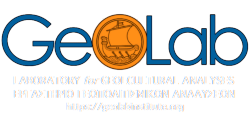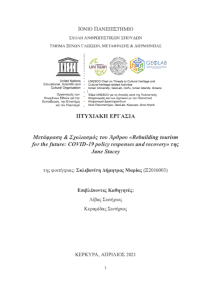 The Huffington Post
The Huffington Post
By Justin Kosslyn and Robert Muggah
The world of foreign policy think tanks is booming. Today there are over 6,500 think tanks spread out across 187 countries, with some 390 think tanks in Washington D.C. alone. Collectively, these organizations compete for billions of dollars of annual funding and employ tens of thousands of people in their drive for influence and impact. Given the instability stretching from the Middle East and North Africa to Eastern Europe and Southeast Asia, their advice is more urgently needed than ever.
Yet in this information (saturated) age, even the most enlightened politicians, diplomats and business leaders are reluctant to wade through think tank reports. U.S. State Department employees only recently acquired Internet access. Until comparatively recently, many senior policy-makers had little real-time access to unfolding facts from the world's hot spots. Policy briefs were once the primary means of communication. But now decision-makers have ready access to information as it emerges. They're more inclined to read tweets than papers.
Even big international organizations are struggling to be heard. The World Bank, for example, releases at least one major policy report every single day of the year. Yet a recent assessment found that 87 percent of its own outputs were never cited, and 31 percent not even downloaded -- not once. The same is true for most other think tanks which are grappling with how best to influence. According to the Carnegie Endowment for Peace's Jessica Mathews "the weakness of most think tanks is they view the published product as 95 percent," failing to properly reach the "hands and heads of people that can use it."
Yet there are other ways that foreign policy think tanks can spread quality ideas and potentially drive real positive change. They could do worse than following the old aphorism to "show, don't tell." Instead of drafting briefing papers describing policy proposals in the abstract, think tanks can consider building software and data visualizations that demonstrate how these same policies might operate in practice. This is not as hard as it sounds -- there are some tried and tested steps worth considering.
First, engineers should be purposefully integrated into the DNA of think tanks. From the moment they arrive, these experts -- who are not part of the IT department -- should be invited to take part in decision-making meetings and to join research trips. Technology is relevant to every topic; integrate them into every area of the think tank instead of building artificial walls between them and the rest of the organization.
Second, think tank managers might consider taking a crash course in software development. This could begin with some recommended reading, especially classics like The Soul of a New Machine and Crossing the Chasm. They might also consider building out a small technical team of full-time software engineers, as the New America Foundation has done. But they should resist the temptation to outsource contractors who are not invested in the mission of the think tank.
Third, think tanks should think long-term. Creating a functional team takes time. It may take up to twelve months for technical experts and policy specialists to learn each other's vernacular. This requires managers to set aside the requisite time to deep-dive on the requirements involved in each type of work. In our experience, many software engineers thrive when they leave the sanctum of the cubicle and get their fingers dirty in the field, working on projects with real global impact.
While there is no guaranteed recipe for success, these and other steps can help foreign policy think tanks communicate ideas more effectively and efficiently. We both work for organizations that successfully combined traditional policy researchers with on-staff engineers working together on technical projects. We've also pursued a number of joint collaborations and projects and in our experience, the model works. We're not the only ones. Think tanks like the New America Foundation´s Open Technology Institute and the Citizen Lab are adopting similar approaches.
The think tank landscape is changing fast. Information and communications technologies are revolutionizing the way we produce, disseminate and consume data. There's still no substitute for in-depth policy research -- and there never will be -- but think tanks can no more ignore new technologies than they can neglect lobbying, seminars and report writing. Rather than relying exclusively on the written word, think tanks of the future are writing code.
* Justin Kosslyn is the lead product manager at Google Ideas.













